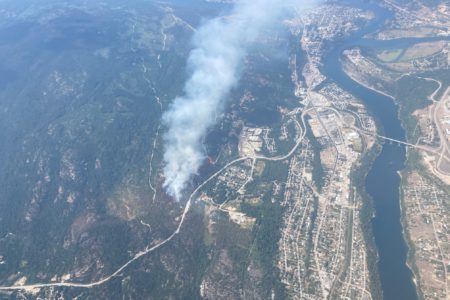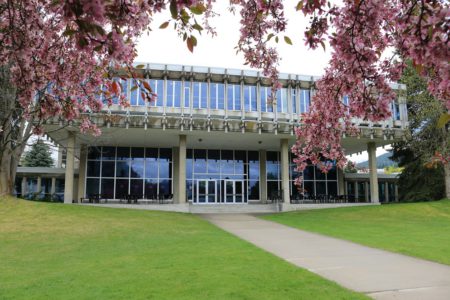Good employment news for Kootenays, says Rural Development institute
Employment statistics resonate deeply with many people, and it’s no wonder—on average, Canadian employees spend about 20 per cent of their time working, and almost three quarters of Canadians’ total income is earned through employment. Income is a substantial determinant of personal well-being and a skilled and engaged workforce is key to regional economic success.
According to recently-released data, unemployment rates for the Kootenay region are now the lowest since at least 2001. This is welcome news for our region as we look to the year ahead. The unemployment rate in the Kootenay economic region decreased from 7.3 per cent in 2017 to 5.3 per cent in 2018. Notable improvements were also seen in the Thompson-Okanagan region (from 7.1 per cent in 2017 to 6.1 per cent in 2018), the Cariboo region (from 7.4 per cent in 2017 to 5.6 per cent in 2018) and most other parts of BC. For an analysis of unemployment in past years, check out the 2017 State of the Basin report.
Although unemployment numbers are currently promising, it is important to note that employment is multifaceted and often complex. For example, from 2017 to 2018, employment rates and labour force participation rates in all three Basin-Boundary economic regions declined alongside the unemployment rate, indicating that relatively fewer people are employed or looking for work. The overall number of employed people also declined slightly.
The trade and health care/social assistance industries continue to lead employment in our region, with combined employment in these industries accounting for 27-33% of positions, depending on the economic region. For comparison, the same industries account for 28% of employment at the provincial scale. Compared to the provincial average, our region tends to have fewer people employed in the services sector and more people employed in goods-producing industries
























